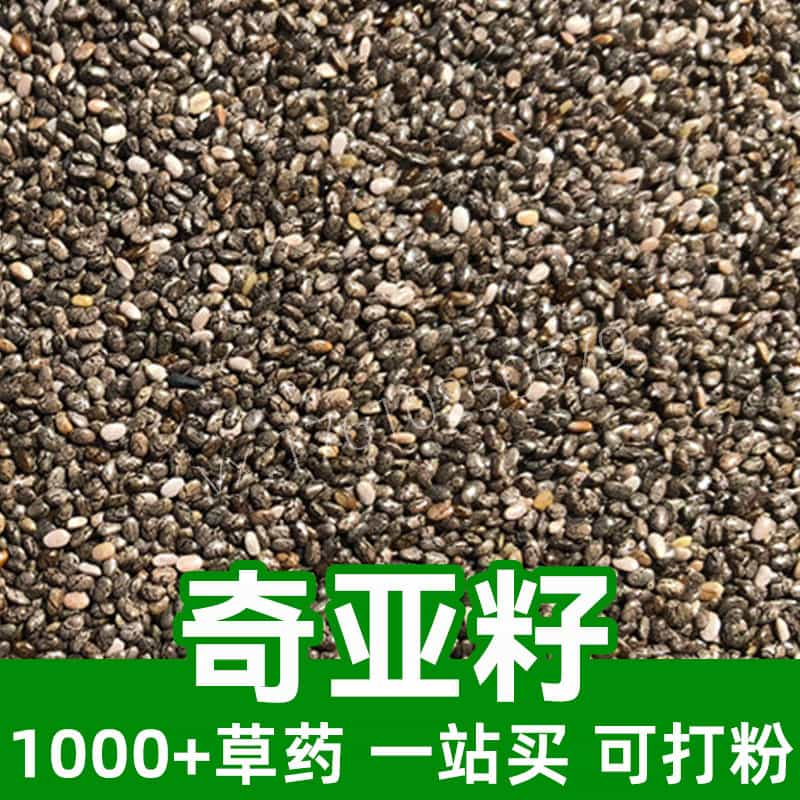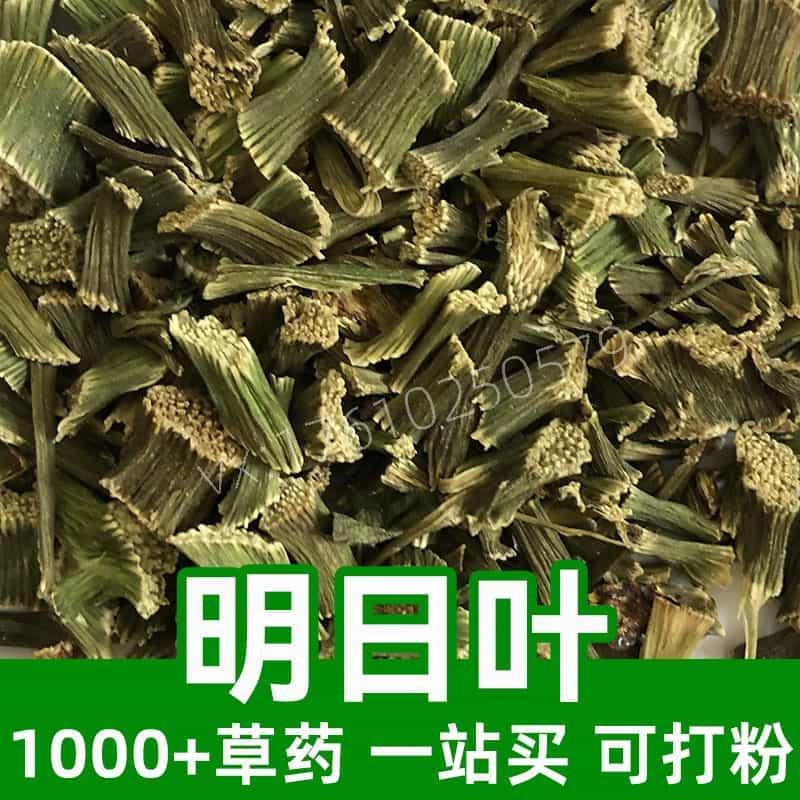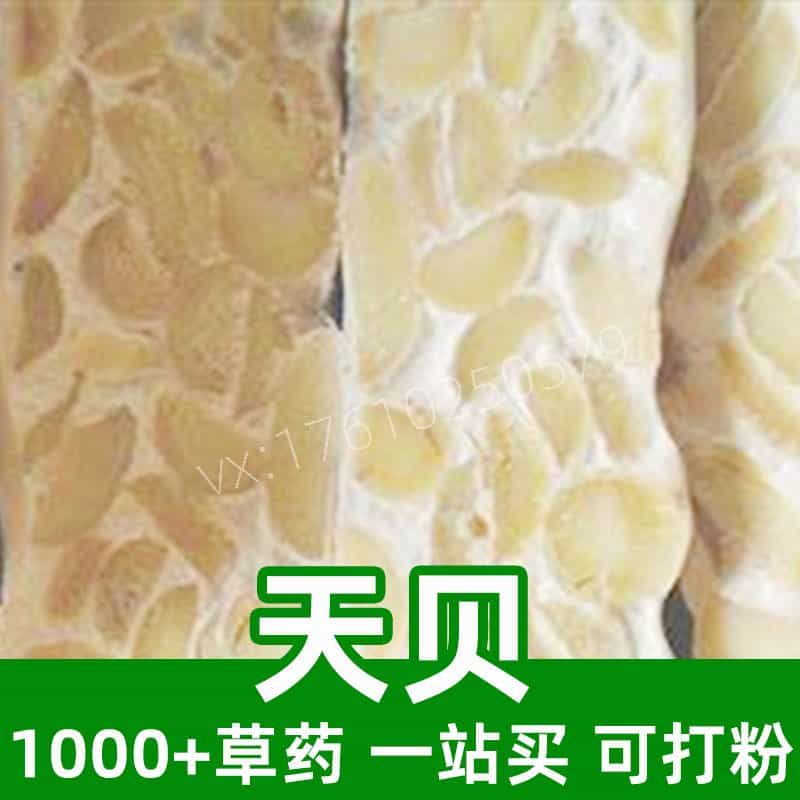Introduction to Winter Melon Seeds
Winter melon seeds are extracted from the fruit of the winter melon, making them a nutritious ingredient. They contain significant amounts of protein, fats, carbohydrates, vitamins, and minerals. Sourced from winter melons, which belong to the gourd family, they are primarily produced in regions such as China, India, and Southeast Asia. In China, winter melon seeds are widely used in traditional medicine and culinary applications. They are known for their ability to clear heat and dampness, resolve phlegm and coughs, and tonify the kidneys. Commonly used to treat symptoms like lung heat coughs, frequent urination, and erectile dysfunction, winter melon seeds can also be utilized in various dishes such as stir-fries and porridge to enhance flavor and nutritional value.
Key Active Ingredients of Winter Melon Seeds
Winter melon seeds are a nutrient-rich food source with several key active ingredients:
- Protein: They contain high levels of protein, an essential nutrient for growth and maintaining body structure.
- Fats: The seeds include unsaturated fatty acids like linoleic acid and alpha-linolenic acid, beneficial for cardiovascular health.
- Carbohydrates: Rich in carbohydrates, they provide energy essential for daily activities.
- Vitamins: Winter melon seeds are abundant in vitamins such as vitamin E and B vitamins, which have antioxidant properties and promote metabolism.
- Minerals: They contain various minerals like calcium, magnesium, and zinc that are crucial for physiological functions and overall health.
- Flavonoids: These compounds possess antioxidant, anti-inflammatory, and anti-cancer properties that may help prevent chronic diseases.
- Saponins: Present in these seeds, saponins have antibacterial, anti-inflammatory, and lipid-lowering effects.
- Polysaccharides: These substances help regulate immune function and enhance resistance to disease.
These components make winter melon seeds suitable not only as a cooking ingredient but also as a health food with benefits like lowering blood lipids, regulating blood sugar levels, and boosting immunity.
Applications and Dosage of Winter Melon Seeds
Winter melon seeds have extensive applications in both traditional medicine and food industries; their usage varies based on context:
- Traditional Medicine Applications:
- Clearing Heat and Promoting Urination: They are often used in traditional Chinese medicine to treat symptoms related to damp-heat accumulation or edema.
- Diuretic Effects: Winter melon seeds promote urination to help eliminate excess fluid from the body; they are commonly used for treating edema or swollen lymph nodes.
- Detoxification: They have detoxifying properties that can be applied in treating heat-related illnesses.
- Culinary Uses:
- Cooking Ingredient: Used in various dishes such as stir-fries or soups to enhance flavor and nutrition.
- Beverage Preparation: They can be made into drinks like winter melon seed tea or soup for their cooling properties.
- Health Supplements: Often roasted and ground into powder to be added to foods or drinks for health benefits.
- Dosage Guidelines:
- Traditional Decoction: Typically used in herbal decoctions at a dosage of 15-30 grams per serving taken twice daily.
- Cooking Amounts: Added according to taste during cooking; generally used as needed.
- Beverage Preparation: For making tea or soup, 10-20 grams can be used per serving; adjust based on personal preference.
It is important to note that winter melon seeds are considered cold in nature; thus they should not be consumed excessively—especially by individuals with weak constitutions or digestive issues. Always ensure quality by sourcing from reputable suppliers and follow recommended dosages.
Source Plant Introduction of Winter Melon Seeds
The winter melon (scientific name: Benincasa hispida) is a member of the gourd family whose fruit is known as winter melon; the seeds are extracted from this fruit. Here’s detailed information about the source plant:
- Plant Overview:
- The winter melon is an annual vine-like herb with heart-shaped leaves; its flowers grow singly near the leaf axils. The fruit is elongated with a thick skin covered in grayish-white or pale green fuzz.
- Distribution:
- Originally from the Indian subcontinent and Malay archipelago, it is now widely cultivated in China, India, Southeast Asia, and other Asian countries. In China, it is commonly found along the Yangtze River basin as well as in North China Plain and Southern regions.
- Growth Environment:
- Ideal temperatures for growing winter melons range from 20-28°C (68-82°F). They thrive in warm humid climates with high light requirements; well-drained sandy loam rich in organic matter is preferred.
- Cultivation Methods:
- Typically grown through direct seeding or transplanting methods; basic fertilization is done before sowing or transplanting into suitable soil conditions. Regular watering is necessary during growth while managing weeds and pests.
- Suitable Regions:
- Preferring subtropical to tropical climates, winter melons are primarily distributed across Southeast Asia, South Asia, East Asia, and parts of Southern Africa.
As the seeds of mature winter melons harvested after ripening provide both nutritional value as food ingredients as well as medicinal properties.
Harvesting, Processing, and Storage of Winter Melon Seeds
The harvesting, processing, and storage of winter melon seeds are critical steps that ensure quality and nutritional value:
- Harvest Timing:
- Harvesting occurs when the winter melons mature; ripe fruits typically show pale yellow or milky white skin with dried stems indicating readiness for collection.
- Harvesting Methodology:
- To collect seeds properly cut open the mature fruit after detaching it from the vine; hand-harvesting helps preserve seed integrity while minimizing damage.
- Processing Steps:
- After collection wash the seeds thoroughly by soaking them followed by rinsing under clean water to remove impurities before drying them until slightly moist.
- Storage Techniques:
- Store winter melon seeds in a dry environment away from direct sunlight; breathable containers like sealed bags or glass jars work best while checking periodically for signs of spoilage.
- Storage Temperature:
- Ideal storage temperatures range between 10-15°C (50-59°F) avoiding extremes that could lead to spoilage or moisture accumulation.
- Moisture Control Measures:
- To prevent mold growth include desiccants or food-grade silica gel within storage containers absorbing excess moisture while keeping seeds dry.
- Avoiding Contamination:
- Ensure that stored seeds do not come into contact with strong odors or contaminants that could compromise their flavor or quality.
Proper harvesting methods along with effective processing techniques can significantly preserve freshness while maintaining nutritional integrity extending shelf life making them suitable for culinary use or medicinal applications.
Monica Sun is a seasoned expert in the natural raw materials industry, with over a decade of experience specializing in traditional Chinese medicinal herbs, spices, and fungi. She is skilled in the sourcing, processing, and application of these materials, emphasizing sustainability and innovation. Monica Sun has contributed to the development of high-quality natural raw materials that serve as essential components in functional foods, pharmaceuticals, and cosmetics, delivering tailored solutions to meet diverse market needs.














